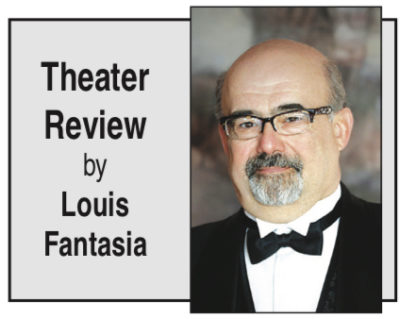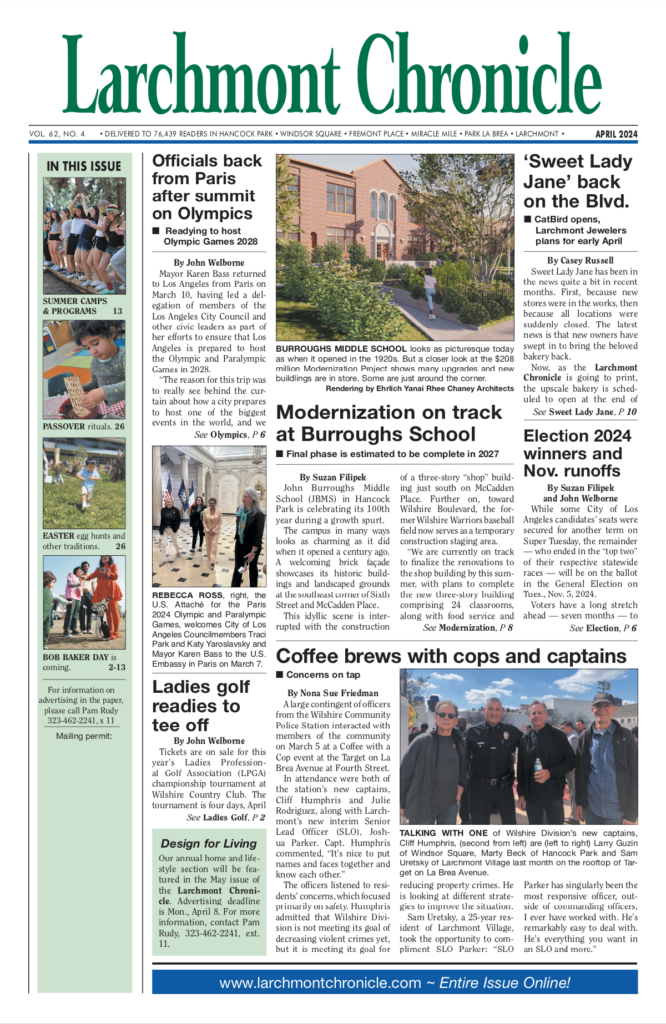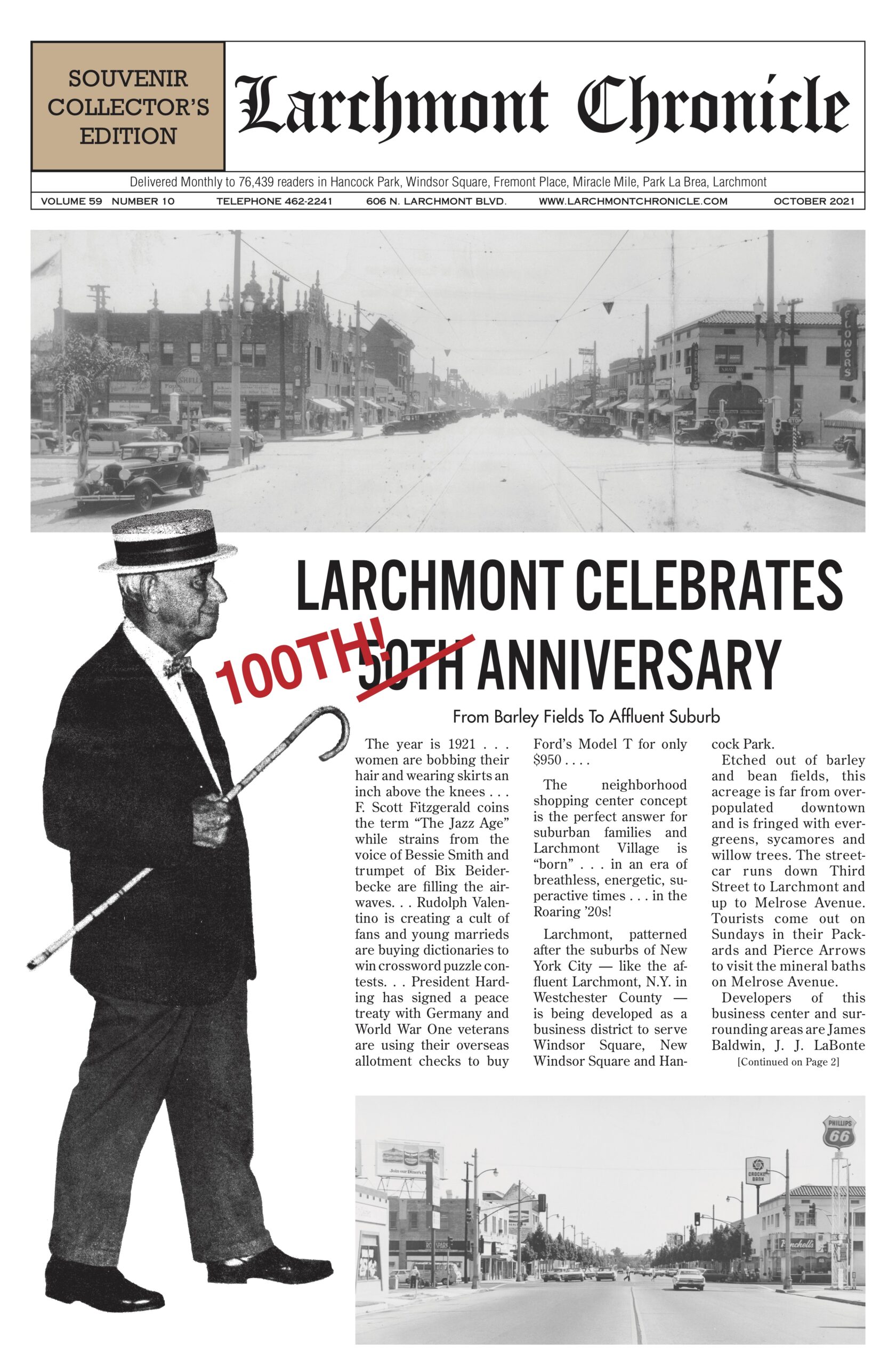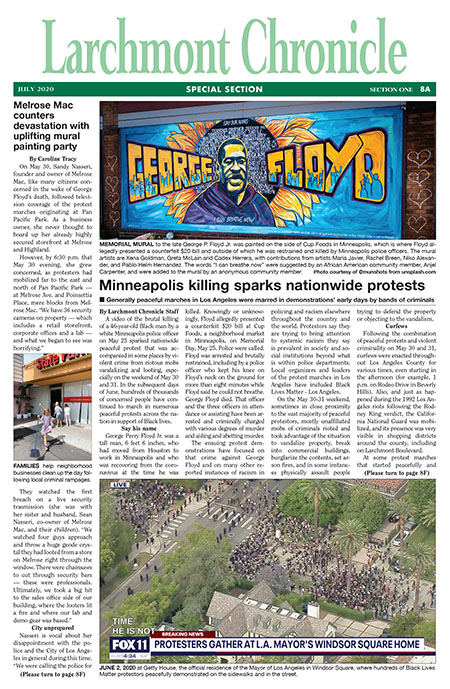Fairy tale retold in London’s Blitz harkens modern war
 A goose. Orange jumpsuits. Mirrors and whips. A shroud and cross. Images signify meaning, but context can often change how signs are read. Let me start with the goose.
A goose. Orange jumpsuits. Mirrors and whips. A shroud and cross. Images signify meaning, but context can often change how signs are read. Let me start with the goose.
Rapunzel Alone is a reworking of the Grimm Brothers’ tale. Opening at the 24th Street Theatre, the play moved to the Wallis for a brief run, and it is back at 24th Street. Written by British playwright Mike Kenny, the story, set in London during the Blitz, opens with first-rate documentary visuals of British children sent away to escape Nazi bombing.
On opening night, it was impossible not to think of terrified Ukrainian children forced to leave their homeland. Of course, when the theater commissioned the play in 2019, no one could have foreseen this horror. The play, which focuses on a mixed-race girl sent to an isolated English farm, tells of the relationship between the girl (Tara Alise Cox) and the lonely farm owner (Marie-Françoise Theodore), also from the Caribbean. William Leon plays the village boy who turns out to be the play’s narrator. It’s a tender tale, tenderly told, but somehow I wanted more. Not the production’s fault, but the world’s. Context.
Oh, the goose? A life-size puppet (handled by Matt Curtin) who terrorizes the farm and steals the show, single-mindedly protecting her defenseless chicks, which the Londoners did then and which we all must do now.
24th Street Theatre, 1117 W. 24th Street; ends Sun., May 1.
• • •
The orange jumpsuits are from Detained, recently at the Fountain Theater. A quality ensemble tells the story of immigrants here illegally (though they have served in the army, earned degrees, held jobs, raised families, etc.), who are arrested and held by ICE. The performances can’t make up for the didacticism of France-Luce Benson’s script, which preaches to a sympathetic audience despite the fact that, since the start of the Biden Administration, ICE arrests and deportations have fallen to their lowest levels in the agency’s history (“Washington Post”, 3/11/22). Context, again.
The Fountain Theatre, 5060 Fountain Ave.; ends Sun., April 10.
• • •
Then come the mirrors and whips, the icons of Jeremy O. Harris’ Slave Play at the Taper. The cast is heroic in its emotional, physical and psychological commitment to the play’s roller coaster ride of sexual and racial dynamics, but I was left underwhelmed.
The mirrored walls of the production (which has served as a barometer for race relations in America over the past two years) reflect the complicity of the audience in systemic racism, I suppose, and the whip-cracking acts to light up the thrill of domination, or being dominated, in some. Apart from the interracial makeup of the three couples on stage (and the two analysts conducting the antebellum role-play experiment), the hang-ups that spur the gay and straight pairs to therapy feel like clichés from old Jules Feiffer cartoons. The flaw in Mr. Harris’ script is that he takes for granted the very normalness of such interracial love today. Most of us reflected in the stage’s mirrors accept racially-mixed couples, gay or straight, without hesitation. But, within my lifetime, miscegenation and sodomy were crimes in America. Context.
That there are those who want to drag us back from the admittedly halting progress we have made is the issue, not that some couples, no matter their color or identity, have problems hearing and seeing each other. Ended March 13.
• • •
The shroud and cross are signs, of course, of Christ’s crucifixion. One of its greatest settings is Bach’s St. Matthew Passion, written in 1725, and presented by the Los Angeles Opera in a revival (whose last performance was March 27) of John Neumeier’s 1981 Hamburg Ballet version. Under James Conlon’s baton, the L.A. Opera mustered a world-class reading of the oratorio. Some of Bach’s antiphony was lost to the bowels of the Chandler stage, as the chorus was pushed back behind a scrim and the soloists stuck in the pit to give the dancers the stage. Some might argue (and I might be among them) that any ballet distracts from the power of Bach’s music, but Neumeier’s choreography, especially in the chorales, has a compelling power of its own. Context.
In 1981, the first cases of AIDS were reported, and U.S. inflation was at 8.9 percent. In 1725, a small band of Armenian freedom fighters drove the massive Ottoman army from its homeland. The Bach evening began with a rendition of the Ukrainian National Anthem that brought the Music Center audience to its feet.
No context was needed. We all understood.
Category: Entertainment







